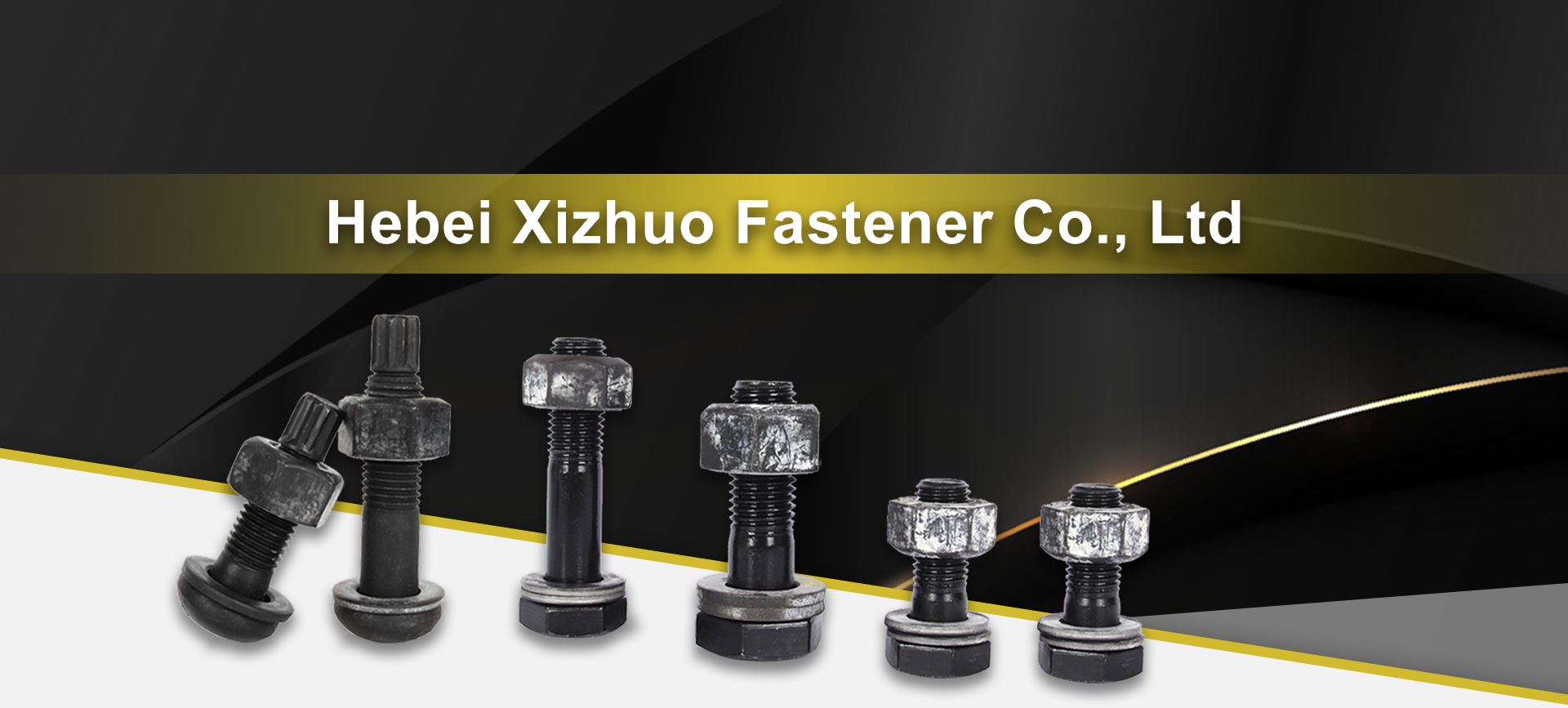Exploring the Benefits and Applications of Screw Expansion Anchors in Construction and DIY Projects
Understanding Screw Expansion Anchors A Comprehensive Guide
When it comes to construction, renovation, or DIY projects, securing fixtures and fittings firmly to walls or ceilings is crucial. One popular fastening solution is the screw expansion anchor, a versatile and reliable choice for various applications. This article explores the design, functionality, types, and best practices for using screw expansion anchors.
What is a Screw Expansion Anchor?
A screw expansion anchor, often referred to as a wall anchor, is designed to provide a secure hold in hollow walls or other materials where a traditional screw alone might not suffice. These anchors work by expanding as the screw is driven into them, creating a tight grip on the surrounding material. This mechanism allows for better load distribution and stability, making them ideal for hanging heavy objects such as shelves, mirrors, or cabinets.
How Do Screw Expansion Anchors Work?
The functionality of screw expansion anchors lies in their unique design. Typically, these anchors consist of a metal sleeve with a bolt or screw that, when inserted, expands the sleeve against the walls of the drilled hole. As the screw is turned, it pulls the anchor inward, causing it to expand outwards. This action effectively grips the wall material, allowing it to support significant weight without slipping or pulling out.
When selecting the right anchor for your project, it is crucial to consider the type of material where the anchor will be installed. Different wall types—such as concrete, brick, drywall, or plaster—require specific types of anchors to ensure safety and effectiveness.
Types of Screw Expansion Anchors
There are several types of screw expansion anchors available, each suited for different materials and applications
1. Plastic Expansion Anchors Commonly used for light to medium-weight fixtures in drywall, plastic anchors expand when a screw is inserted, providing a secure hold.
2. Metal Expansion Anchors These anchors are robust and perfect for heavy-duty applications. They are typically used in concrete or masonry and are less prone to failure under heavy loads.
screw expansion anchor

3. Toggle Bolts A more complex variant, toggle bolts are used in hollow walls. They feature a toggle mechanism that expands behind the drywall, providing exceptional support.
4. Sleeve Anchors These are designed for use in concrete or brick. When the screw is tightened, the sleeve expands against the walls of the hole, creating a strong bond.
Installation Tips
To ensure optimal performance from screw expansion anchors, proper installation is key. Here are some best practices
1. Drill the Correct Hole Size Use a drill bit that matches the manufacturer's specifications for the anchor size. An incorrectly sized hole can compromise the anchor's grip.
2. Clean the Hole Remove any dust or debris from the drilled hole to enhance the anchor's effectiveness. A clean surface allows better contact and grip.
3. Follow Torque Instructions Over-tightening can cause the anchor to break or damage the wall. Follow the manufacturer's guidelines for torque specifications.
4. Double-Check Weight Limits Always be aware of the weight limits for the specific anchor type you are using. Exceeding these limits can lead to anchor failure.
Conclusion
Screw expansion anchors are an essential tool in the arsenal of any builder or DIY enthusiast. By understanding the types available, their functioning mechanisms, and proper installation techniques, you can ensure that your projects remain safe and secure. Whether you're hanging shelves or mounting heavy appliances, these anchors provide the reliability you need to make your constructions stand the test of time.
-
Weatherproof Plastic Expansion Anchors for OutdoorTala FouJun.06,2025
-
Sustainability in the Supply Chain: Eco-Friendly TEK Screws ProductionTala FouJun.06,2025
-
Load-Bearing Capacity of External Insulation FixingsTala FouJun.06,2025
-
Double Head Bolts: Enhancing Efficiency in Industrial MachineryTala FouJun.06,2025
-
Corrosion Resistance in Chipboard Screws: Coatings for Wholesale DurabilityTala FouJun.06,2025
-
Butterfly Toggle Bolts : Enhancing Structural ResilienceTala FouJun.06,2025
